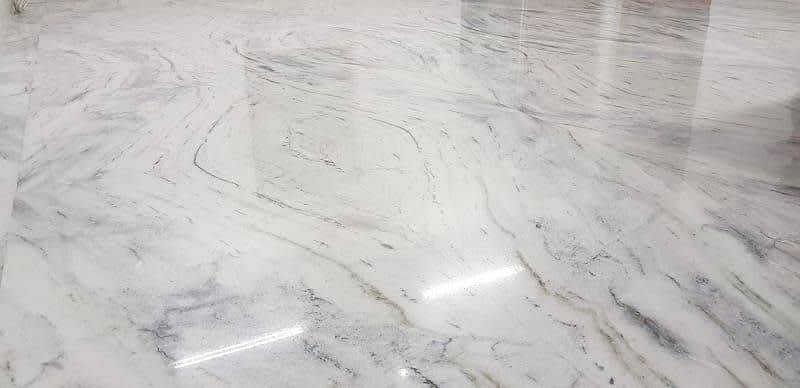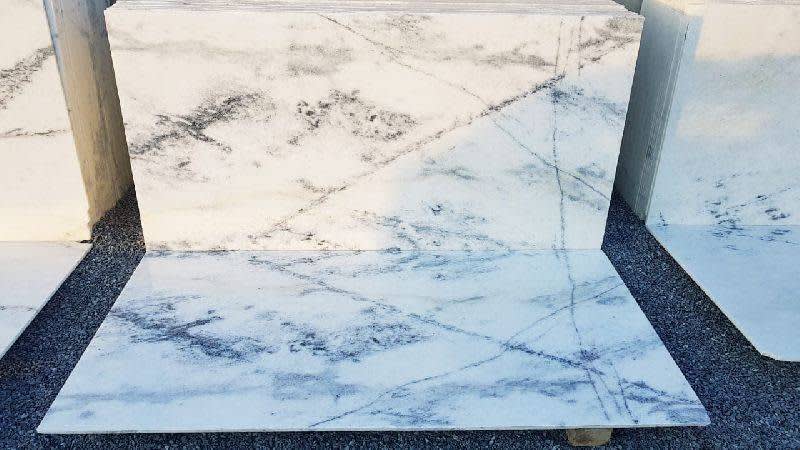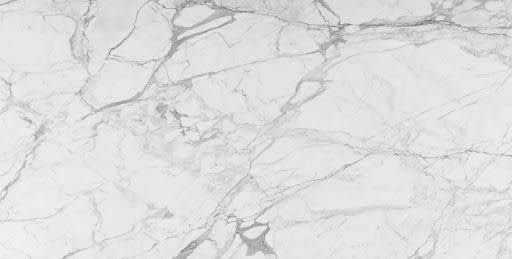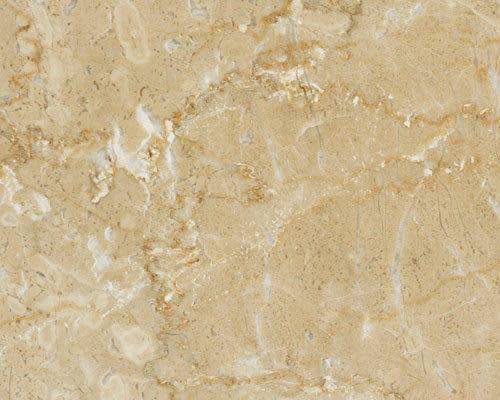
Italian Marble Or Indian Marble – Which One Do You Choose?

By Urban Company
4 min read
Jun 25, 2024
Are you looking to give a special touch to your new home or reinvent your existing space? Your first choice might be a delicate and regal marble for floors ...

Are you looking to give a special touch to your new home or reinvent your existing space? Your first choice might be a delicate and regal marble for floors and kitchen tops. It is definitely a notch above synthetic vitrified or porcelain tiles and is available in a wide range of colours and varieties, depending upon your taste and preference. When you start looking into marbles, there is one big choice that you have to make– Indian marble or its Italian counterpart?
If you are in two minds on what to pick for your space, we have a detailed analysis for you.
What are Indian marbles?
When you talk about Indian marble, the majestic Taj comes to mind. Quarried from the mines in Gujarat, Rajasthan, Madhya Pradesh and Andhra Pradesh, Indian marbles come in a range of colours and veins.
Some of the most popular types of Indian marbles are –
1 The Makrana marble, known for its serene white shades

2 The Ambaji marble from Gujarat, known for its impeccable quality

3 The Indian Green marble, exported across the world

4 The Onyx marble, renowned for its characteristic alternating bands of deep hues

Other widely available Indian marbles are the Abu black, Udaipur green, Banswara and Jaisalmer stone or yellow marble.
Broadly speaking, Indian marble is characterised by its medium lustre and durability. It is durable and sturdy and is a recommended choice for floors, bathroom walls, kitchen counter tops and other tabletops.
What are Italian marbles?
With high lustre and a crystal-like appearance, Italian marbles can add a dreamy touch to your home. They are much more delicate and porous than their Indian counterparts. They are sourced from regions in Northern Italy and come to India in slabs.
Since the Italian marble is a very soft stone, it is used to give homes a luxurious touch. People use it mostly as a decorative feature in the nooks and corners of the house. They generally avoid using it on kitchen countertops as it is more prone to staining.
Some great choices in Italian marbles include–
1 The Statuario Italian marble, characterised by its delicate, white colour and grey or gold veins

2 The Botticino Italian marble with its golden hue, known for its illuminating glow from within

3 The Carrara Italian marble, with its light-grey base and fine, feather-like veins

Other common Italian marbles are the Perlato Silica, Rossa Verona and Nero Marquina.
Italian marbles not only look luxurious but are also priced much higher than Indian ones because of their delicacy, the lustrous appearance and high-quality sheen.
Since they are so delicate, a nylon net is often fixed to their backs for added strength and durability. Sometimes, some other types of hard stones like granite or other stronger varieties of marble are fixed to their back and sides to prevent them from crumbling or chipping during transportation. They can also be treated with epoxy resin and other pigmentation. In such a case, Italian marble is sold in the market as a pre-polished, one-sided stone to hide these chemical sealers.
Italian marble v/s Indian marble
The question still remains as to which one you should pick for the home of your dreams. Here’s a comparison to help you make a decision.
Italian Marble
Indian Marble
Durability
Italian marbles are softer stones, more porous in nature and can easily catch stains and hairline cracks. Thus, they are good for decorative corners. You can keep them in places where there will be minimum chances of heavy objects being placed or dragged. If you are looking for something sturdier, Indian marble is a better option. You can use them for floors and kitchen counter tops which are more susceptible to scratches and stains.
Price Point
Italian Marble price starts at around Rs 350 per square foot. Indian Marble price starts at around Rs 80 per square foot.
Variety
With the obvious import tag on Italian marbles, even though there is wide availability in the market, prices can fluctuate, and stocks may vary. Quarried locally, Indian marbles are widely available in a range of colours and price points.
Appearance
Italian marbles are softer and delicate looking. They also have a higher lustre, adding a glow to your home. Italian marbles come in slabs, with each slab having an approximate thickness of 18 to 20 mm. Indian marbles are harder and come with medium lustre. They can be thicker than Italian marbles, with each slab measuring up to 30 mm.
Whichever marble you choose, remember that to sustain and protect your marbles, you need to take extra care of them.
Always keep in mind to use a mild detergent-based floor cleaner or the one that is specially designed for marbles. Italian marble flooring can be susceptible to hairline fractures over time, so you have to be extra careful with them. Make sure not to drag any heavy objects over them or place any extremely heavy appliance on them directly.
Marbles can also lose their shine over time. So, at regular intervals, marbles need to be polished and sealed periodically to create a protective barrier against staining and scratching.
Whatever your decision maybe, if you are picking marble, your home is sure to have a regal and luxurious feel.














